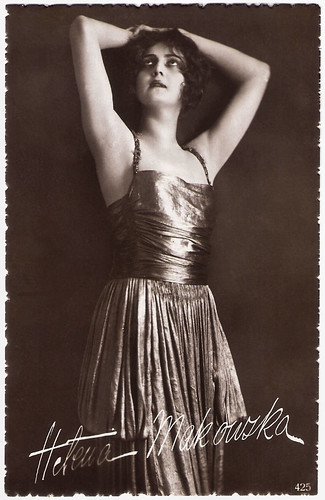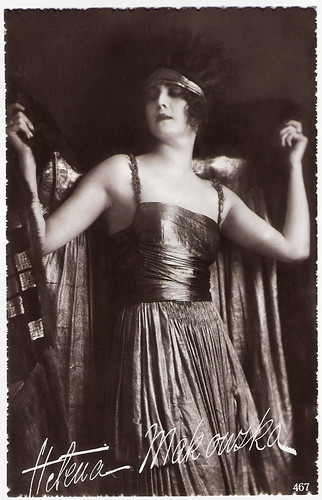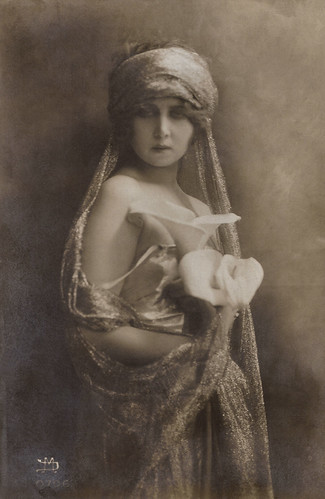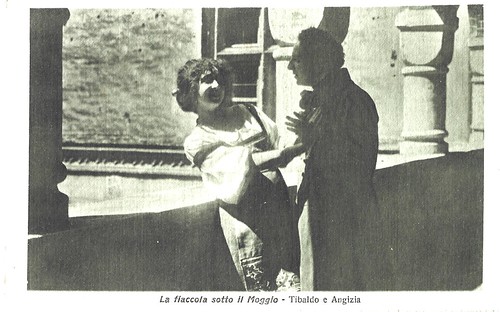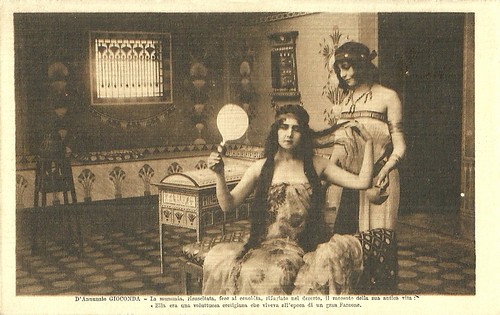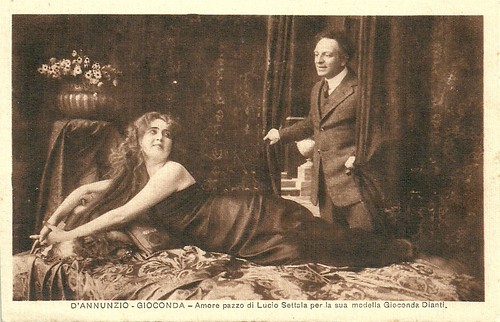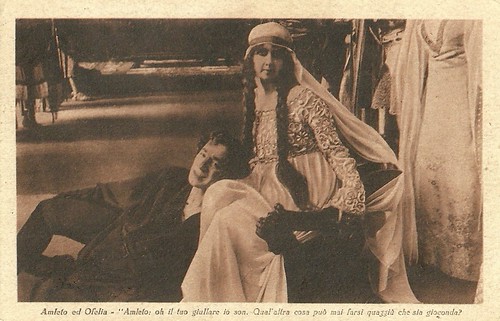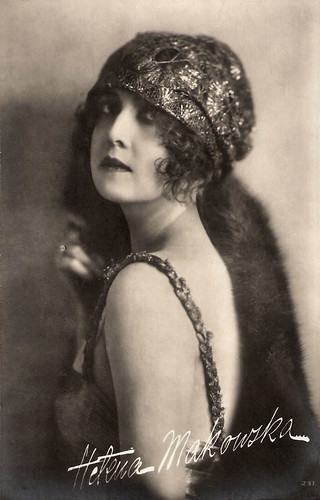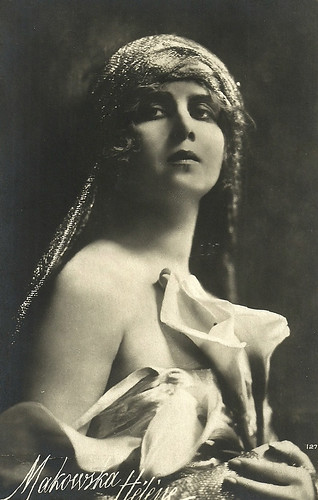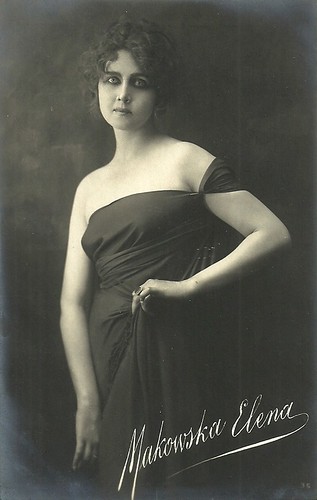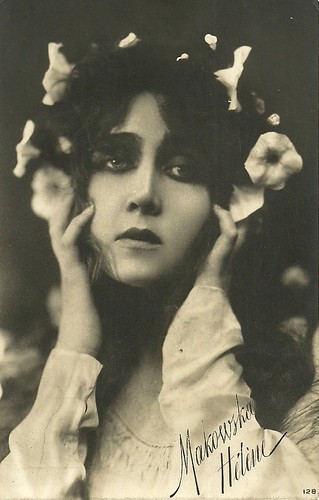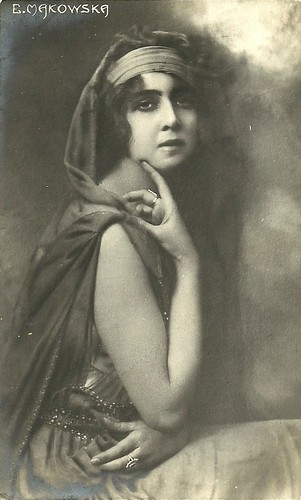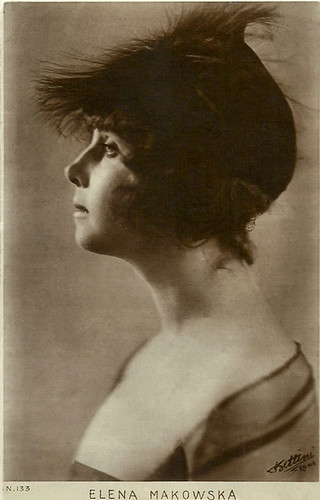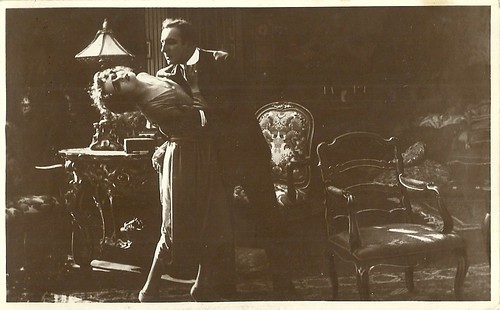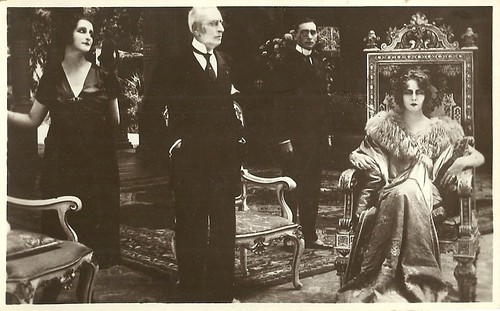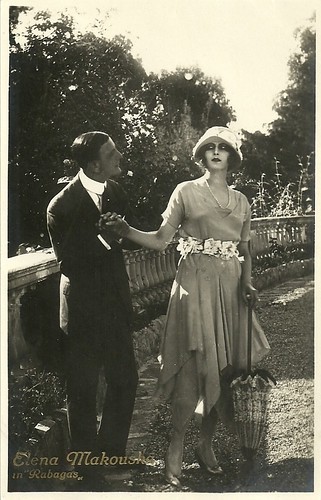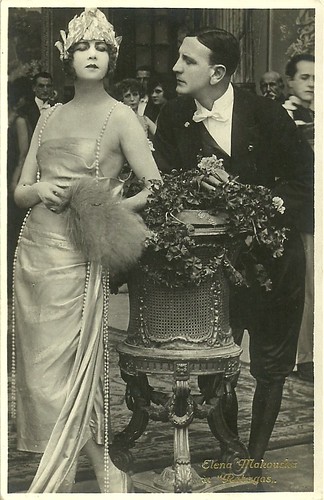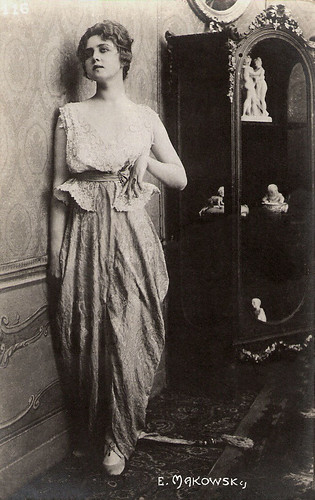
Dutch postcard by M.B. & Z., no. 1049. Photo: Metro Goldwyn Mayer. Sent by mail in 1942.
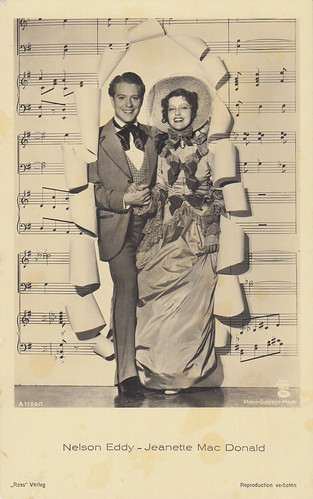
German postcard by Ross Verlag, no. A 1106/1, 1937-1938. Photo: Metro Goldwyn Mayer. Jeanette MacDonald and Nelson Eddy in Maytime (Robert Z. Leonard, 1937). Collection: Marlene Pilaete.

German postcard by Ross Verlag, no. A 1506/1, 1937-1938. Photo: Metro Goldwyn Mayer.

German postcard by Ross Verlag, no. A 2942/1, 1939-1940. Photo: Metro Goldwyn Mayer.

German postcard by Ross Verlag, no. A 2783/1, 1939-1940. Photo: Metro Goldwyn Mayer.
A record 58 takes before the exasperated test director gave up
Nelson Ackerman Eddy was born in 1901 in Providence, Rhode Island, USA. He was the son of Isabel (Kendrick) and William Darius Eddy. His parents were singers, and his grandparents were musicians. Nelson studied singing as a child, and in 1924, he won a competition and was allowed to perform with the Philadelphia Opera Society. The conductor of the Philadelphia Civic Opera, Alexander Smallens, began to train and promote Eddy.
In the late 1920s, Eddy performed with the Philadelphia Civic Opera Company and sang a broad repertoire of 28 operatic roles, including 'Le nozze di Figaro'. Eddy also appeared with the Savoy Company, which produced popular operettas by Gilbert & Sullivan. Eddy studied briefly with noted teacher David Bispham, a former Metropolitan Opera singer, and switched after his death to William Vilonat.
Dr. Edouard Lippe coached him and loaned him money in 1927 to study in Dresden and Paris. Dresden was considered an essential training centre for American singers at the time. Eddy turned down an offer of an engagement with a small German opera house and returned to the United States. He gave his first concert recital in 1928 in Philadelphia. When Eddy went on his first tour, he hired Theodore Paxson, who remained his accompanist for four decades.
In 1933, he did 18 encores for an audience in Los Angeles that included an assistant to MGM studio chief Louis B. Mayer. MGM signed him to a seven-year contract, which allowed him three months of concert tours per year. Mayer ordered Eddy to test for his debut in the film Broadway to Hollywood (Willard Mack, Jules White, 1933). The 33-year-old newcomer took a record 58 takes before the exasperated test director gave up.
Despite this failure, Mayer overruled the consensus about Eddy's acting talent, non-existent, and ordered him to be used for a singing sequence in the film only. The producers at MGM didn't know what to do with Eddy and only allowed him to appear for individual songs in his following films. But the audience reacted favourably to this.

British postcard in the Picturegoer Series, London, no. 945b. Photo: Metro Goldwyn Mayer.

British postcard in the Picturegoer Series, no. W. 543. Photo: Metro Goldwyn Mayer.

British postcard in the Film Partners Series, London, no. P 328. Photo: Metro Goldwyn Mayer. Nelson Eddy and Jeanette MacDonald in New Moon (Robert Z. Leonard, W.S. Van Dyke, 1940).

Italian postcard by Zincografica, Firenze. Photo: Metro Goldwyn Mayer. Nelson Eddy and Jeanette MacDonald in Naughty Marietta (Robert Z. Leonard, W.S. Van Dyke, 1935), released in Italy as Terra senza donne (Land without Women), and based on the operetta 'Naughty Marietta' by Victor Herbert. The film won an Oscar in 1936.

British postcard in the Picturegoer Series, London, no. W 408. Photo: Metro Goldwyn Mayer. Jeanette MacDonald and Nelson Eddy in Sweethearts (W.S. Van Dyke, 1938).
One of the ten best films of 1935
After MGM acting lessons, Nelson Eddy's first real success came as the Yankee scout to Jeanette MacDonald's French princess in the Operetta Naughty Marietta (Robert Z. Leonard, W.S. Van Dyke, 1935). It was a huge box-office hit made on a small budget. The film was nominated for an Oscar, received a Photoplay Award and was voted one of the ten best films of 1935 by the New York Film Critics.
Eddy made six more films with Jeanette MacDonald, including Rose-Marie (W.S. Van Dyke, 1936), and Maytime (Robert Z. Leonard, Edmund Goulding, 1937), which grossed over 4 million US dollars at the box office. Concert appearances became increasingly lucrative for Eddy with his film fame, but he only sang occasionally on the opera stage. His last film with MacDonald was I Married an Angel (W.S. Van Dyke, 1942).
Nelson Eddy also appeared with other leading ladies over the years, such as in Rosalie (W.S. Van Dyke, 1937) with Eleanor Powell and Balalaika (Reinhold Schünzel, 1939), where he appeared alongside Ilona Massey. The Chocolate Soldier (Roy Del Ruth, 1941) was an adaptation of a Viennese operetta by Ferenc Molnár. Eddy appeared in a double role alongside Met singer Risë Stevens. Critics nearly always panned his acting. After the financial failure of I Married an Angel, Nelson Eddy and Jeanette MacDonald left MGM.
In 1943, Eddy signed a contract with Universal for two films: Phantom of the Opera and Follow the Boys. The musical Phantom of the Opera (Arthur Lubin, 1943), lavishly produced in Technicolour, was based on the well-known novel by Gaston Leroux and songs by Edward Ward. Eddy appeared in it alongside Susanna Foster and Claude Rains but was so dissatisfied with the film afterwards that he abandoned the filming of Follow the Boys, in which he would have appeared again alongside Jeanette MacDonald, and left Universal.
In his home studio, he recorded three-part harmonies (tenor, baritone, & bass) for his role as a multiple-voiced singing whale in the animated Walt Disney feature, 'The Whale Who Wanted to Sing at the Met', the concluding sequence in the animated musical anthology film Make Mine Music (Jack Kinney, Clyde Geronimi, a.o., 1946). Eddy appeared with Ilona Massey in his last film, the musical Western Northwest Outpost (Allan Dwan, 1947), produced by Republic. Nelson Eddy had a large radio following. His theme song was 'Shortnin' Bread'. In 1959, Eddy and MacDonald issued a recording of their film hits, which sold well. In 1953, he had a fairly successful nightclub routine with Gale Sherwood, which ran until he died in 1967. He suffered a fatal stroke while performing in concert. He was interred at Hollywood Memorial Cemetery, now called Hollywood Forever. Nelson Eddy and his wife, Anne Denitz, had no children. He had one child, Jon, with ex-girlfriend Maybelle Marston, born in the early 1930s, and he had a stepson, Sidney Franklin Jr.

German postcard by Ross Verlag no. A 1939/1, 1937-1938. Photo: Metro Goldwyn Mayer.
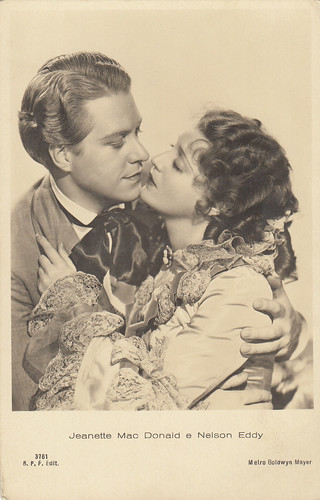
Italian postcard by Ballerini & Fratini, Firenze, no. 3761. Photo: Metro Goldwyn Mayer. Jeanette MacDonald and Nelson Eddy in Maytime (Robert Z. Leonard, 1937). Collection: Marlene Pilaete.
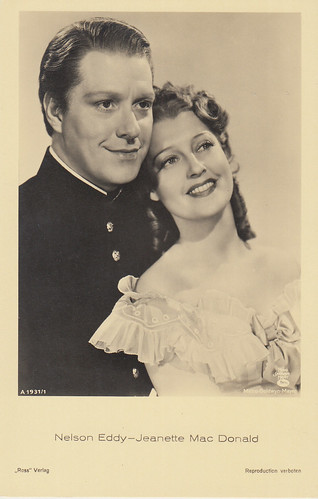
German postcard by Ross Verlag, no. A 1931/1, 1937-1938. Photo: Metro Goldwyn Mayer. Jeanette MacDonald and Nelson Eddy in The Girl of the Golden West (Robert Z. Leonard, 1938). Collection: Marlene Pilaete.

German postcard by Ross Verlag, no. A 2103/1, 1939-1940. Photo: Metro Goldwyn Mayer.

Belgian collector card by Kwatta, Bois-d'Haine, no. C. 182. Photo: Metro Goldwyn Mayer. Ilona Massey and Nelson Eddy in Balalaika (Reinhold Schünzel, 1939).

Belgian collector card by Kwatta Bois-d'Haine, no. C. 216. Photo: Metro Goldwyn Mayer. Nelson Eddy in New Moon (Robert Z. Leonard, W.S. Van Dyke, 1940).

Belgian collector card by Kwatta, Bois-d'Haine, no. C. 224. Photo: Metro Goldwyn Mayer. Jeanette MacDonald and Nelson Eddy in New Moon (Robert Z. Leonard, 1940).

Belgian collector card by Kwatta, Bois-d'Haine, no. C. 228. Photo: Metro Goldwyn Mayer. Nelson Eddy and Risë Stevens in The Chocolate Soldier (Roy Del Ruth, 1941).

Dutch postcard by M. B. & Z., no. 1063. Photo: Metro Goldwyn Mayer.

Dutch postcard. Photo: Republic / Centra. Nelson Eddy and Ilona Massey in Northwest Outpost (Allan Dwan, 1947).
Sources: Ed Stephan (IMDb), Wikipedia (Dutch, German and English) and IMDb.
